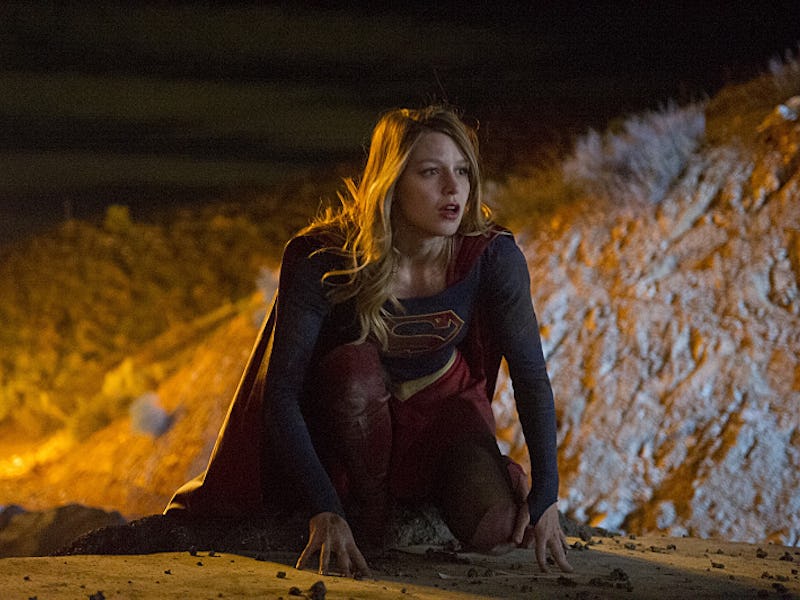Why the Fuck Does Superman Still Rock a Cape
Capes aren't just for flying -- much of the reason for superheroes wearing capes is cultural (and visual).

Capes have been a part of the superhero paradigm for decades — pretty much since the debut of Superman in 1938. A Kryptonian with superhuman abilities thanks to our Earth’s yellow sun, Superman laid the foundation for comic books and heroes, and his success is a big part of why capes are so crucial to the superhero aesthetic – even if they may do more harm than good.
Superman wasn’t originally designed with the ability to fly. He could jump really high and was super strong, but his flying ability came later. Even before he could fly, though, Superman had a cape. Why?
The answer is largely cultural and visual.
Capes, as it happens, have a pretty storied history. Often worn by the likes of great warriors, generals, commanders and gods, capes connote a certain grandeur — a “ready to throw down-ness. Ella Morton of Atlas Obscura digs into the history of capes and notes that throughout history, capes have been symbols of status, informed legitimate tactics in sword-fighting, lent theatricality to one’s ensemble, and hinted at a self-aware extravangence.
Capes in real-world history have very little to do with flight or physics, and are , instead, mostly a show-boaty addition to any battle ensemble. Given that context, the fact that we’ve seen them on superheroes for decades seems about right. Superheroes are, for the most part, apt to adopt the image of warriors and gods and take that aesthetic to the extreme. Their capes speak to a cultural significance more than a scientific one.
“Capes are a part of the visual language to represent a superhero, I think starting with Superman,” says Professor James Kakalios, author of The Physics of Superheroes.
Modeled after the circus strongmen of the early 20th century, Superman’s costume closely resembles the tight-fitting getups of those iconic individuals who displayed stunning feats of strength for the benefit of live audiences. Though “strongman” may be something of an understatement for the Man of Steel, Superman’s costume follows in the tradition of those worn by strongmen. In doing so, the costume played into the visual language indicating that the character was super strong.
Makes sense, right? So where did we get the idea that capes have to do with flight and not strength or a fashionable indication of prowess?
“The cape can be thought of as the tail of a kite as well,” says Kakalios. “So if you have a character who is so strong that they could jump a great distance, they could perhaps leap a tall building in a single bound, then you could also use the cape as a signifier of the fact that they’re moving fast through the atmosphere because you could see the cape billowing behind them. So it would give a visual indication of flight.”
Fair enough — capes look totally cool flying behind superheroes as they rush to save the day. But do they actually do us any good on a practical level?
Maybe, sometimes, under the right circumstances. But mostly no, they’re kind of a hinderance. We talked to Kakalios all about the physics of capes, too. Find that investigation here.